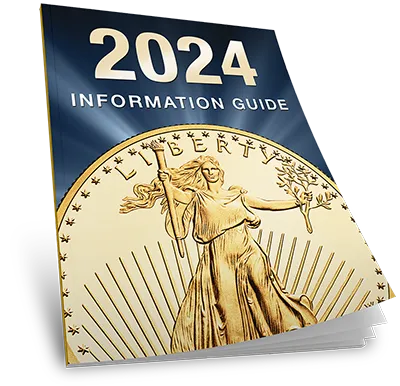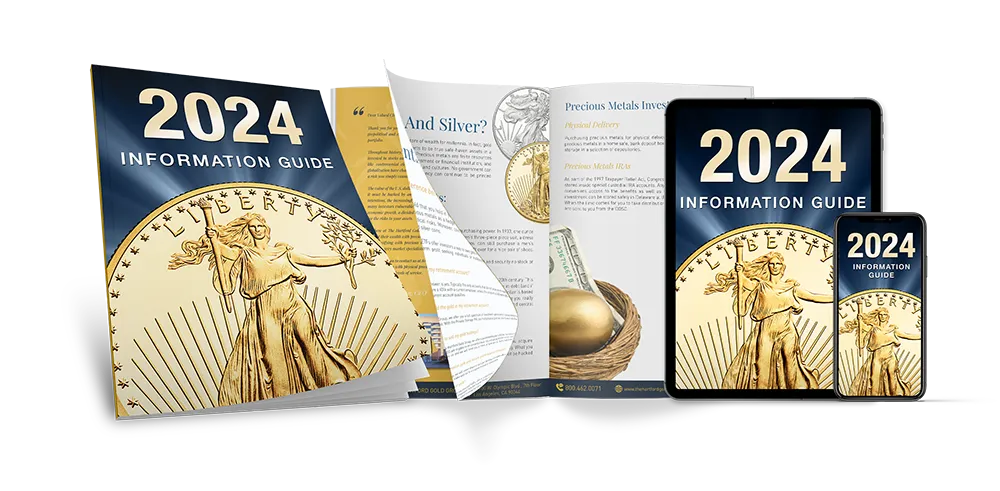
THE VALUE OF GOLD
Gold is a universally recognized means for investors to preserve wealth and protect against financial calamity. It has proven its worth in the face of inflation, recession, currency fluctuation, market collapse and social upheaval.
Understanding the history and economics of gold will strengthen your investment strategy.
GOLD DEMAND
Today’s gold market stretches across the globe. Gold is integrated into every economy on the planet. Since the early 1970s, the annual amount of gold purchased has tripled. Each region has its own cultural and financial reasons for investing in the precious metal. This diversity strengthens and balances the global gold market and helps ensure continuous demand. The phenomenal growth in the demand for gold in the East reflects their rapidly growing economies and the shared desire for a portable, secure, and beautiful way to store wealth.
SOURCES OF DEMAND
SOURCES OF SUPPLY
Mining
Gold mines provide approximately 75% of the global gold supply each year. Mines are located around the world. While mine production has increased significantly since 2008, large new discoveries are growing rarer. Mining is a slow process. The time from discovery to production can take decades. Therefore, gold from mining does not respond quickly to price changes.
Recycling
The demand for gold exceeds what mines can produce. Thus, the balance is filled by recycling existing gold. The majority of recycled gold, at least 90%, comes from jewelry. Recycled gold responds quickly to changes in price and other market disturbances.
With finite supply and increasing demand, gold prices are set to keep increasing.
HOW MUCH GOLD IS THERE?
Approximately 205,000 tons of gold have been mined since ancient times, two thirds of which have been mined since 1950. That 205,000 tons breaks down as follows:
Jewelry – 46%, Bar and Coins – 22%, Central Banks – 17%, Other – 15%
GOLD AS CURRENCY, THE GOLD STANDARD, AND BEYOND
The first official declaration of gold as money came around 600 BC, where King Alyattes of Lydia, an ancient kingdom in modern-day Turkey, oversaw the first recorded mint. An alloy of silver and gold known as electrum was used to create coins, which were stamped with pictures that denoted denominations.
As Near East empires grew and interacted with Europe, so did the use of gold coins. Proving to be a steady medium of exchange that could cross borders, their usage continued and expanded through the ages. In 1792, the Coinage Act saw the birth of the United States mint and the US dollar.
The ‘classic’ Gold Standard was adopted in 1879. The Gold Standard was a system under which nearly all countries fixed the value of their currencies in terms of a specified amount of gold or linked their currency to that of a country which did so. Gold coins circulated as domestic currency alongside coins of other metals and notes. As each currency was fixed in terms of gold, exchange rates between participating currencies were also fixed.
After the destruction of World War 2, the Bretton Woods system created a new, more stable, financial order with the US dollar at the center. The system fixed the dollar to gold at the existing parity of US$35 per ounce. All other currencies had fixed, but adjustable, exchange rates to the dollar.
Then, on August 15, 1971, to address the country’s inflation problem and to discourage foreign governments from redeeming more and more dollars for gold, President Richard Nixon de-pegged the US dollar from the price of gold. This caused the Bretton Woods System to collapse.
The US has now had a purely fiat monetary system for more than 50 years. There is no objective anchor for any currency. National currencies now represent nothing more than debts owed to central banks. Faced with hyperinflation and the weaponization of currencies, nations have now begun to move away from the fiat dollar as the standard for global trade. The intrinsic value of gold is once again becoming apparent and in demand.
DID YOU KNOW?
All the gold ever mined would fit into a crate 69 cubed feet.
24 karat gold is pure gold with no other metals. 18 karat gold is 75% gold and 25% some other metal like copper.
The largest gold coin ever made was cast by the Perth Mint in 2012. Weighing one ton and measuring 31.5 inches in diameter.
A “London Good Delivery Bar”, the standard unit of traded gold, is made from 400 troy ounces of gold.
The US Federal Reserve holds 6,700 tons of gold, in 530,000 gold bars.
There are 147.3 million ounces – around 4,600 tons – of gold stored in the US Bullion Depository at Fort Knox.
Even at only 10 parts of gold per quadrillion, the world’s oceans are estimated to hold up to 15,000 tons of gold.
THERE ARE MANY REASONS TO BUY GOLD
- Sustained Demand: Demand for physical gold is rising among private investors, hedge funds, central banks and governments.
- Scarcity: According to Goldman Sachs, there is only about 20 years of mineable gold reserves left underground.
- Privacy: Your gold purchase information is not shared with any private or public entity. What you do with your gold is your business alone.
- Diversification: Gold prices fluctuate in patterns that often run counter to other markets, making gold an ideal choice when seeking additional diversification.
- Recession: Precious metals can help preserve your purchasing power over time, especially during periods of high inflation or during a recession.
- ETFs vs Physical Gold: ETFs are still vulnerable to market fluctuation and system collapse. Experts recommend buying gold bullion either in coins or small bars for keeping in a safe deposit box.
Get Your Free 2024 Guide




